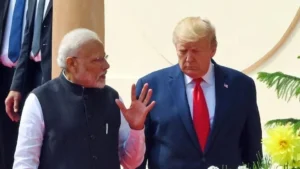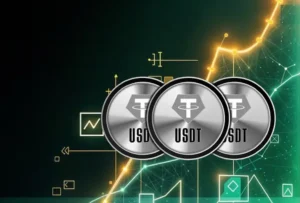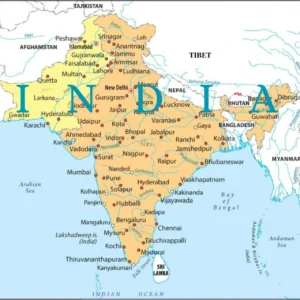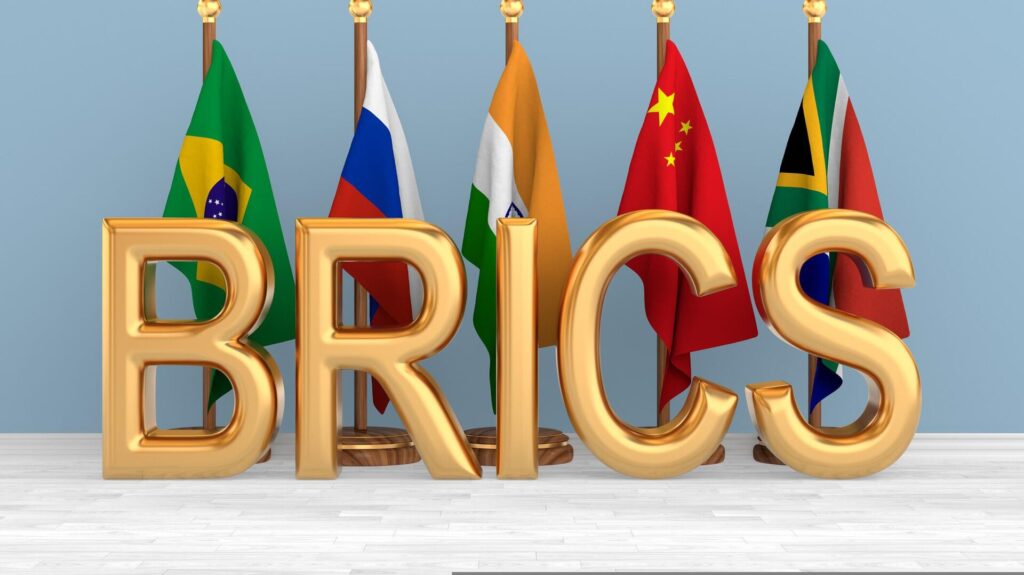
The dominance of the American dollar has long shaped global trade and finance, but a new contender has emerged BRICS Pay to Challenge America Doller. The BRICS Pay also emerged as a sustainable alternative to the American dollar. For the same reason why the US always sanctions whatever country they wish, virtually all global trade and transactions are done in USD. Those there sanctions can cripple the economy of these nations.
What is BRICS Pay? An Overview of the Payment System
BRICS Pay — international payment system BRICS countries. It is an initiative which aims at streamlining and fast-tracking transactions between the member countries. It makes cross-border payments and trade settlements in local currencies possible which will strengthen economic cooperation, as well as financial freedom by reducing the US Dollar dependency. With a simplified payment process and choice of currency, BRICS Pay will provide impetus to intra-BRICS trade as well as enable the member countries to negotiate their way through global financial mazes. As the global economy becomes increasingly multipolar, BRICS Pay represents an important step in recalibrating international trade relations and decreasing reliance on the U.S. dollar.
The rise of BRICS Pay is part of a larger trend that indicates the growing influence of the emerging powers of the world. As the future unfolds for emerging nations, BRICS Pay’s initiatives showcase these economies and their ambitions for economic and geopolitical power. This is only a glimpse into the emerging countries that are likely to take the reins in leading what tomorrow holds. Visit our “The World’s Great Powers of 2025” for an extensive look at these countries. Together, these developments tell the tale of a close interrelationship between financial innovation and geopolitical changes that dictate the patterns of future international relations.
What is BRICS? And why it’s a Challenge to the United States
The BRICS stands for Brazil, Russia, India and South Africa. BRICS: Brazil, Russia, India and China. BRIC was initiated in 2006 and the first BRIC summit held in 2009 In 2010, South Africa joined and the name changed to BRICS.1 January 2024, Iran, Egypt, Ethiopia, and the United Arab Emirates officially joined the BRICS. Currently there are 9 conformed members’ in BRICS and many other countries has applied to join the BRICS group.
Potential Candidates for Future Membership
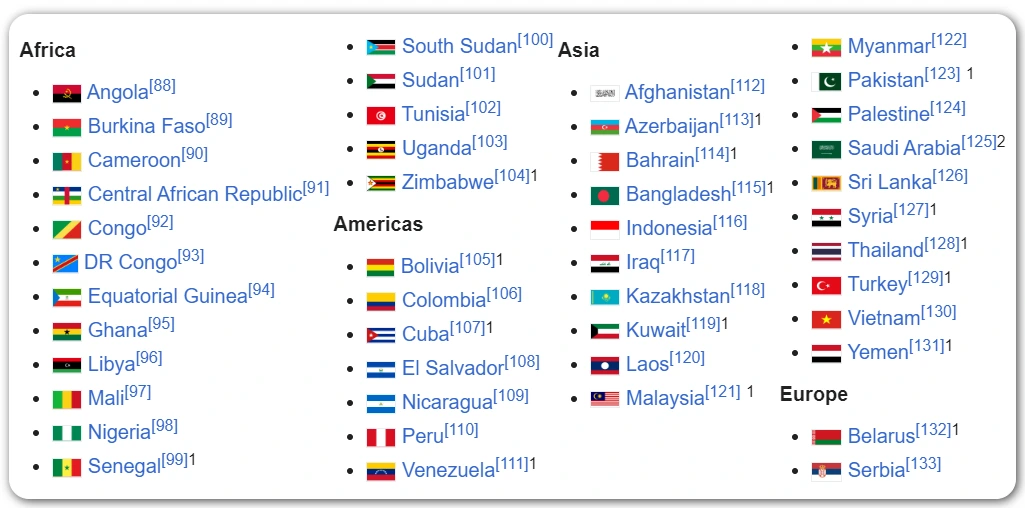
BRICS is a big challenge to United States because together, the BRICS members cover about 30% of the world’s land and include 45% of the global population. In Africa “South Africa” has the largest economy, while Brazil, India, and China are among the ten biggest countries in the world based on population, land area, and gross domestic product (GDP), both nominal and purchasing power parity. All five founding members are part of the G20, and their combined nominal GDP is 28 trillion U.S. dollars.
If BRICS Pay becomes successful it will:
- Shift in Global Economic Power
- Reducing Dependence on the U.S. Dollar
- Geopolitical Influence
- Institutions Rivaling U.S
BRICS Pay marks a shift toward reducing dependence on the U.S. dollar and reshaping global trade dynamics. By promoting local currencies and providing an alternative payment system, it helps member nations avoid the impact of U.S. sanctions and fosters financial independence. As BRICS expands, this initiative strengthens the move toward a more balanced, multipolar economic order, challenging the dominance of the American dollar.
Donald Trump's Warning to BRICS
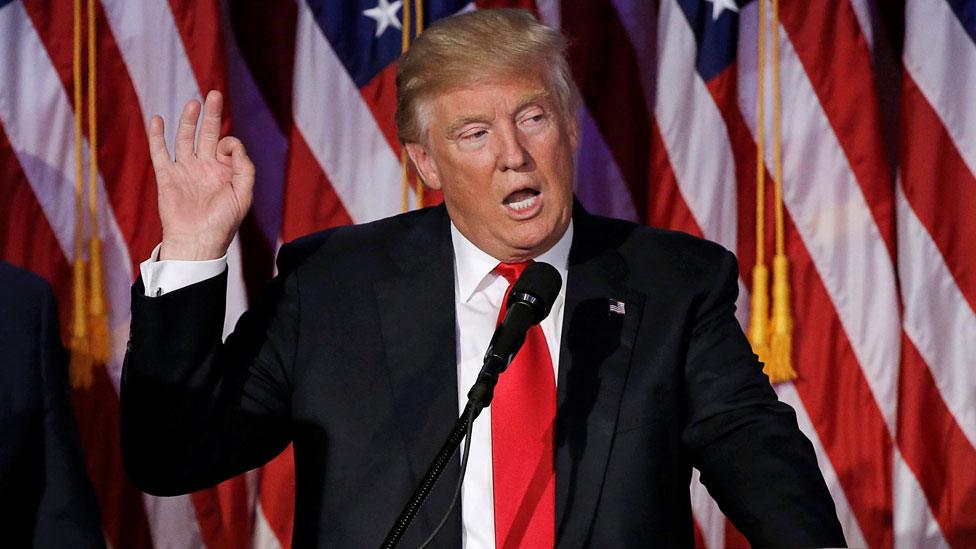
Former President Donald Trump issued a stern warning to the BRICS bloc—comprising Brazil, Russia, India, China, and South Africa—on his Truth Social platform last week, accusing the group of potentially supporting efforts to undermine the US dollar.
We need a commitment… that they will neither create a new BRICS currency nor back any other currency to replace the mighty US dollar,” Trump said, implying he may impose tariffs on countries that refuse to comply.
At the last BRICS summit in Kazan, Russia proposed a revolutionary initiative called “BRICS Pay.” This payment system is akin to SWIFT and India’s Unified Payments Interface (UPI) that allows for smooth cross-border transactions using local currencies, including the ruble, yuan, rupee, real, and rand.
While China and Russia showed tremendous interest, the other members of BRICS, in particular India have been cautious, indicating differences in levels of commitment within the block.

